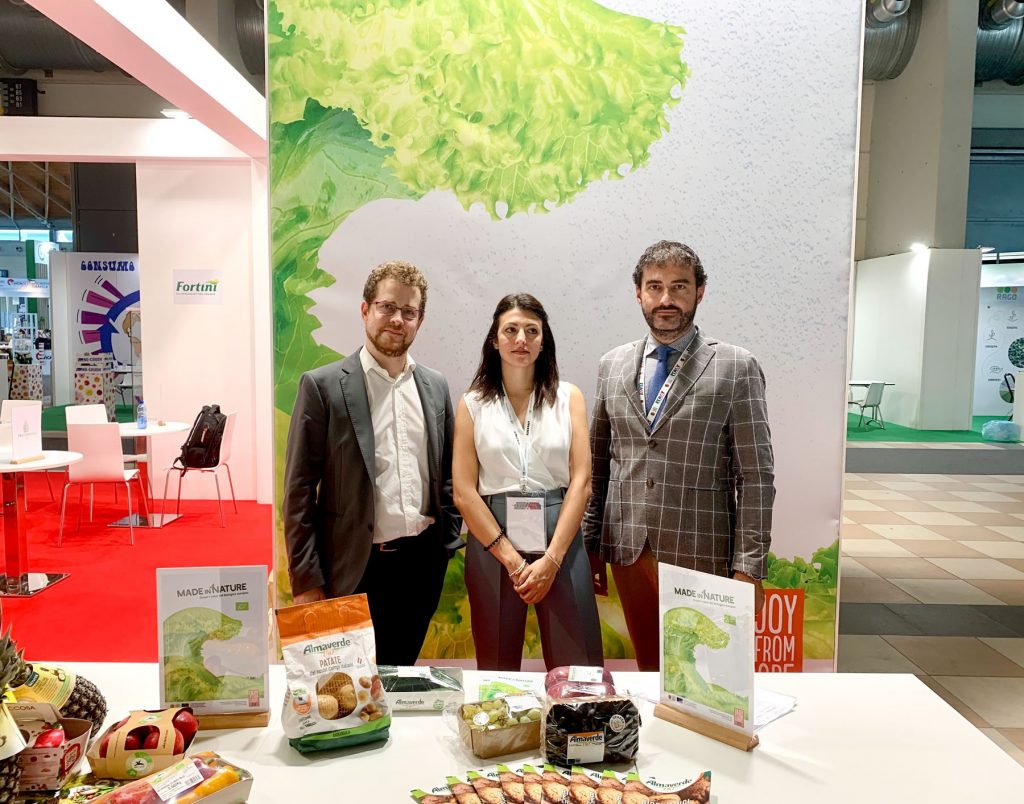The current situation in Mercamadrid
Asomafrut (Mercamadrid Association of Fruit Wholesalers) belongs to COEMFE (National Confederation of Wholesalers of Fruit and Vegetables of Spain), which defends the interests of wholesalers. Mercamadrid is 51% owned by the city council, 48.87% by Mercasa, a public company of the INI (National Institute of Industry) and the rest belongs to different cooperatives.
There are 24 Mercas, known as “food communities”, in 24 cities throughout Spain. The largest by volume are Mercamadrid and Mercabarna. Mercabarna, in Barcelona, exports more than Madrid, since, geographically, it is closer to the rest of Europe. Prices in Barcelona are four cents lower, since transport from Madrid to Barcelona can cost approximately four cents per kilo. Mercamadrid sells more national produce as Madrid is in the centre of Spain. It brings together fresh produce from all over the world, although 80% is of national origin. Almost all of Madrid’s production is sold here. Importing countries vary according to the quality of the harvest and prices. The Netherlands is a major source, since the Port of Rotterdam is a great line of communication with overseas suppliers.
Around 150 companies are located in Mercamadrid, 110 belonging to Asomafrut. Mercamadrid is made up of six warehouses, 352 90m2 stalls with a maximum capacity of 24 tons. The facilities outside the central markets are larger chambers able to supply supermarkets and hypermarkets with orders of 250 or 1,000 tons per day. In Spain, producers usually meet in cooperatives to sell to larger customers; this work is also carried out by Asomafrut.
Mercamadrid was founded in 1982. Going back to 1910, the central markets were in El Mercado de la Paja, later in Legazpi. “The aim of a market is to concentrate products so that the buyer has a lot to choose from and prices can be compared,” said Andrés Suárez Puertas, president of COEMFE.
According to Asomafrut data, in 2021, sales decreased by 8% compared to 2020, the year the pandemic began. Despite this decrease, sales remain 2% higher than in 2019. However, compared to twenty years ago, consumption continues to decline. In turn, costs are rising, with a 300% increase in electricity, while the cost of fruit has risen by 3-4%.





